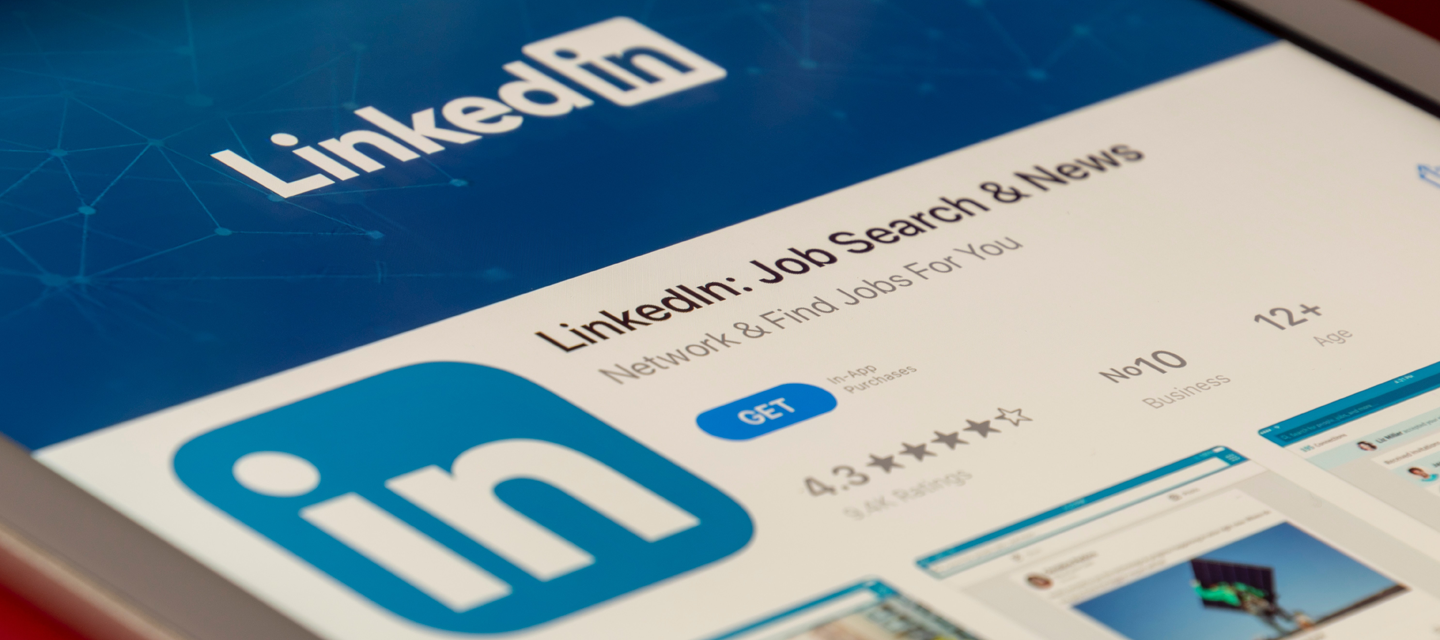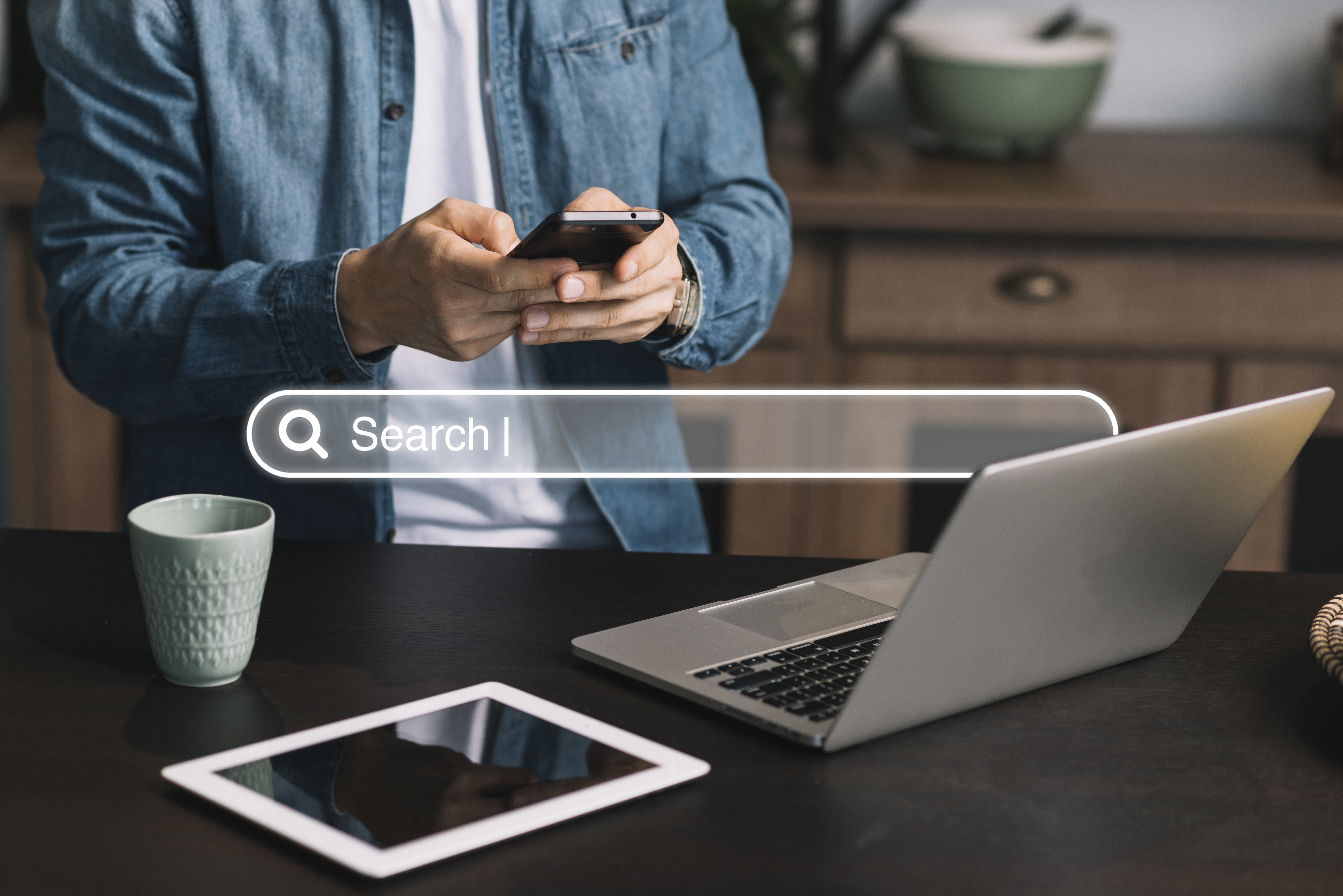5 Steps to Effective Landing Pages
Landing pages are pages of the website specifically designed to lead users to a pre-determined goal, such as requesting a …
Landing pages are pages of the website specifically designed to lead users to a pre-determined goal, such as requesting a quote, buying a product or downloading a pdf. These are generally used as a touch point between the user and the website. Landing pages are a common practise for PPC, email marketing and social media campaigns.
A good landing page can make a successful campaign; a bad one will break it.
So, what makes an effective landing page?
An appealing design
Since landing pages are the first thing that your potential customers will see about your company make sure it is visually appealing. Use attractive imagery and avoid cluttered page structures for good results. Keep all the most important information above the fold, and make sure that the key benefits of your product or service can be easily spotted.
Multimedia content
Do you have a video that introduces your company, service or product? Use it!. Interactive material is a great way to improve the engagement levels. Other options would be slide presentations, graphs or any other format that allow users to interact with your website while they learn about your business.
Brief and well-structured text
One of the most common mistakes when designing a landing page is to make it text heavy. In my experience users who reach a landing page won’t read much, so keep it short and direct.
Break down your text into different sections to make it look neater and use bullet points to illustrate the key points of your product or service. This will help users digest all the important information easily, and will increase your chances to convert them into customers.
Calls to action
Buttons, forms and links encourage users to follow a path to conversion.. This is crucial to a landing page’s success. Think very well about what the purpose of your campaign is. Given the nature of your product or service, are users likely to convert from the landing page, or they would want to see more about your company before doing it?
You can then integrate your call to actions into your design, making them stand out from the rest of the page, for higher visibility. Make sure any forms only ask for essential information. The more fields you include in the form, the lower the conversion rate will be.
Credibility
Users are becoming increasingly tech savvy and zealous of their private information. Your landing page should be trustworthy and professional so it converts. Including elements such as awards, testimonials or trusted payment methods, as well as some company background information will help you generate trust., This will eventually increase conversions.
The five points above are the basic elements that combined can make a big difference in the performance of your campaign. In order to improve your results further you will need to experiment with different layouts, colours and text to see which one works best for your audience.
Here are a couple of examples that illustrate the points explained above:
Shopify
Shopify makes good use of media to illustrate their landing page. Also, all main benefits are clearly stated at first sight and the form asks only for minimal required information in order to maximise the amount of registrations.
Hootsuite
Hootsuite has created a great landing page because it clearly portrays the benefits of using their product and shows you big clients and testimonials in order to build trust. Also, the design of the form is quite clever, using the arrow shape to incite users to read all the way down from the top and click on the button as a last step.
More insights from the team


